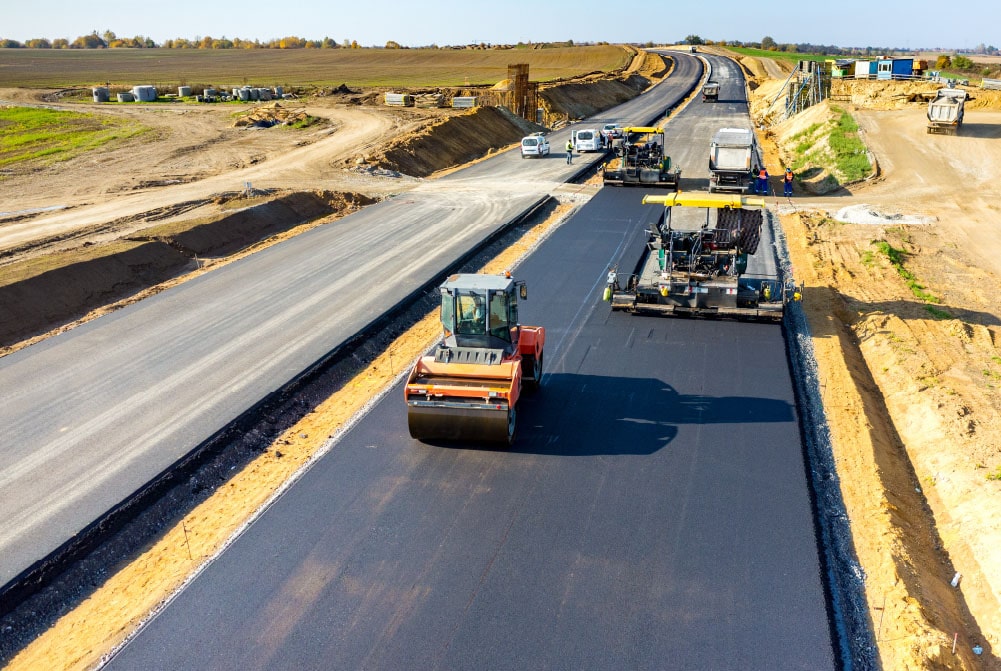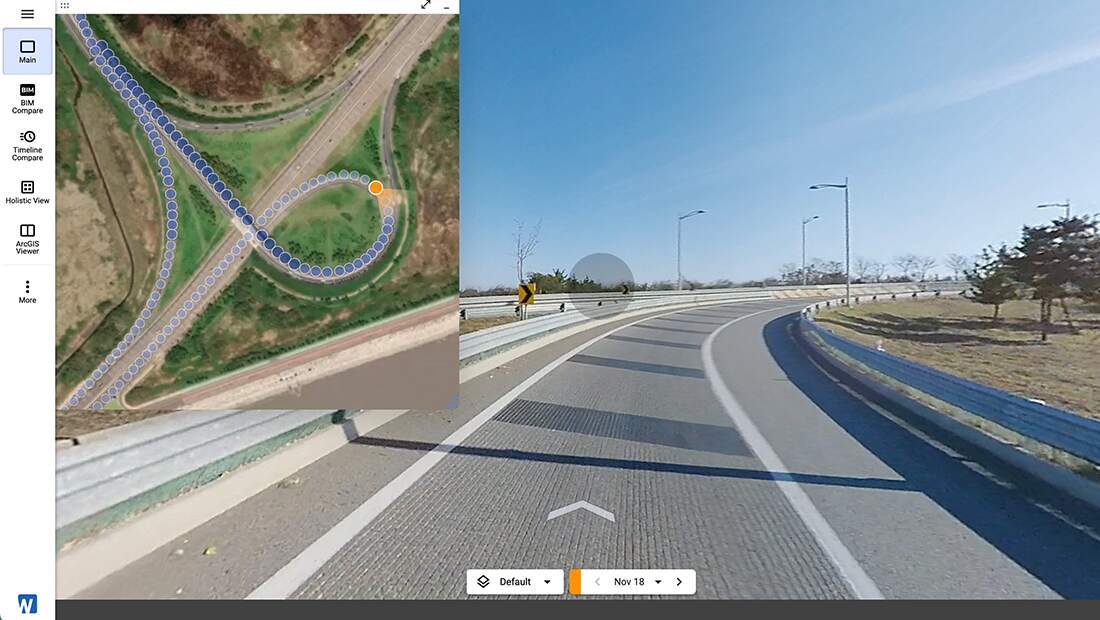
Linear infrastructure projects shape the backbone of modern connectivity, stretching across vast distances to link communities and power economies. From highways and railways to utility corridors, these extensive projects demand innovative digital solutions for documenting miles of construction while ensuring precise alignment and quality control. Digital twin technology has emerged as a game-changer in transforming how we capture, validate, and manage these critical infrastructure assets.

